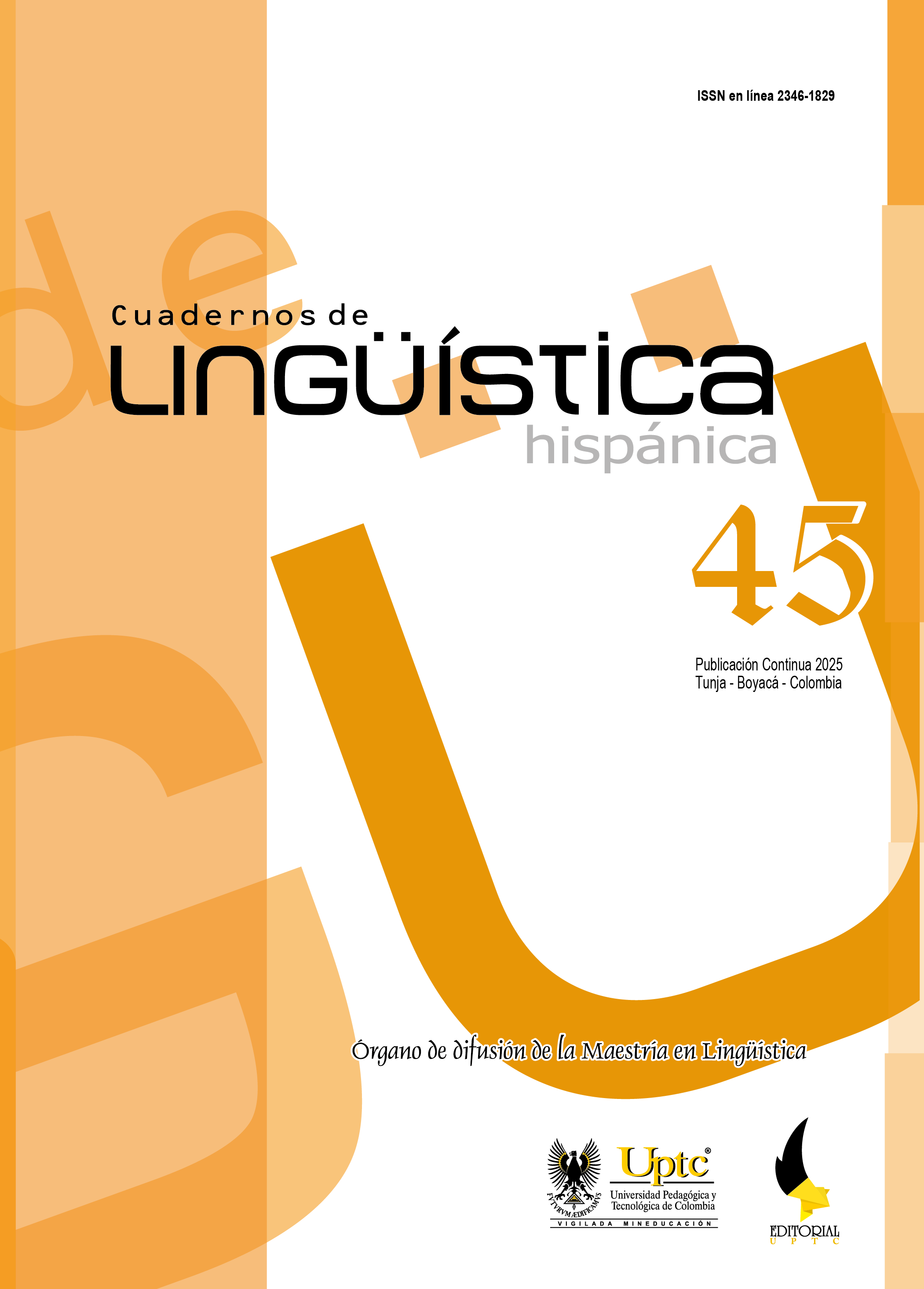Associative mnemonics for teaching false cognates between Spanish and Portuguese

Abstract
This study conducts an overview of false cognates between Spanish and Portuguese to propose the didactic strategy of associative mnemonics: associative images with associative sentences, this with the aim of reducing interference and improving the accuracy at the time of recalling false cognates. The study was designed for 30 Colombian students who learn Portuguese.The participants in the experimental group had access to the associative mnemonics, in contrast to the control group who had access just to the associative sentences, after the experiment, both groups performed a recall task to check accuracy. Results showed a rise of 25,8% of the experimental group compared to the control group. Linking individual translations between both languages showed a performance of 85%, but when the task was about a written description of pictures, the performance lowered to 54%. This study gives light to find diverse metacognitive techniques to differentiate lexicon in both languages.
Keywords
associative mnemonics, metacognitive strategies, Portuguese as a Foreign Language, recall, vocabulary learning, false cognates
References
- Agudelo, & Pinto. (2015). Iguales pero diferentes: diseño de una secuencia didáctica enfocada en la toma de conciencia de los falsos cognados para inmigrantes brasileños en Colombia. Bogotá: Pontificia Universidad Javeriana.
- Alves, J. (2002). Los heterosemánticos en español y portugués. Un desafío a la lectura/ interpretación: el caso de los «vestibulandos» brasileños. Congreso Brasileño de Hispanistas. São Paulo: Associação Brasileira de Hispanistas.
- Atkinson, R. (1975). Mnemotechnics in second-language learning. American Psychologist 30(8), 821-828.
- Derakhshan, Ali & Karimi, & Elham. (2015). The Interference of First Language and Second Language Acquisition. Theory and Practice in Language Studies. 5, 2112.
- Durão, A. (2004). Análisis de errores en la interlengua. Londrina: Eduel.
- Farsani, H. M., Moinzadeh, A., & Tavakoli, M. (2012). Mnemonic Effectiveness of CLmotivated Picture-elucidation Tasks in Foreign Learners‘ Acquisition of English Phrasal Verbs. Theory and Practice in Language Studies, Vol. 2, No. 3, 498-509.
- Hall, C. (2002). The automatic cognate form assumption: Evidence for the parasitic model of vocabulary development. International Review of Applied Linguistics in Language Teaching, 69-87.
- Humblé, P. (2006). Falsos cognados, falsos problemas. un aspecto de la enseñanza del español en Brasil. Revista de Lexicografía.
- Koessler, Maxime, & Derocquingny. (1928). Les faux amis, ou les pièges du vocabulaire anglais (conseils aux traducteurs) (6 ed.). Vuibert.
- Martínez, A. (2018). Los cognados portugués-español en la clase de ELE: diseño y aplicación de cuestionarios. Universidade do Minho.
- McDaniel, M., & Miyatsu, T. (2019). Adding the keyword mnemonic to retrieval practice: A potent combination for foreign language vocabulary learning? Memory & Cognition, 47, 1328–1343.
- McKenna, K. (1989). Associative Mnemonics in Russian vocabulary building. Russian Language Journal. 43, 37-59.
- Melgarejo. (2012). Estudo comparativo de equivalentes de tradução de falsos amigos presentes em dicionários (espanhol-português). Universidade Federal de Santa Catarina.
- Mendez, Peña, & Bedore. (2010). Cognates Facilitate Word Recognition in Young Spanish English Bilinguals’ Test Performance. Early Child Service, 55-67.
- Moss, G. (1992). Cognate recognition: Its importance in the teaching of ESP reading courses to Spanish speakers. En G. Moss, English for Specific Purposes Volume 11 (págs. 141-158).
- Neta, A., & Floresta, N. (2000). Aprender español es fácil porque hablo portugués: Ventajas y Desventajas de los Brasileños Para Aprender Español. Cuadernos Cervantes de la Lengua Española, 46-56.
- Oxford, R. (1990). Language Learning Strategies: What every teacher should know. Newbury House.
- Richards, J., & Schmidt, R. (2022). Longman dictionary of applied linguistics and. Harlow UK: Longman.
- RStudio Team. (2018). RStudio: Integrated Development for R. Boston, MA.
- Sacastro, Jbonanata, & Aialar. (2018). A High Coverage Method for Automatic False Friends Detection for Spanish and Portuguese. Proceedings of the Fifth Workshop on NLP for Similar Languages, Varieties and Dialects, 29-36.
- Schmitt, N. (1997). Vocabulary learning strategies. En N. S. McCarthy, Vocabulary: Description, acquisition, and pedagogy (págs. 199–227). Cambridge: Cambridge University Press
